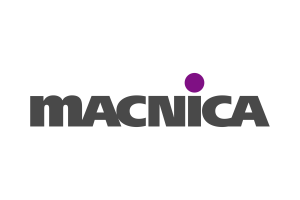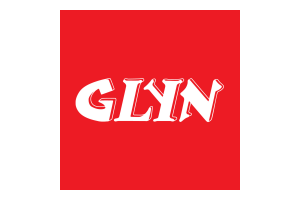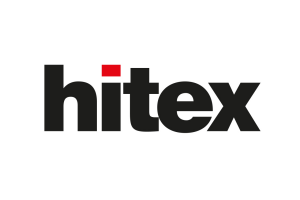License-free frequency band for 5G
Could DECT-2020 democratize massive IoT in 5G?
Fortsetzung des Artikels von Teil 2
Physical Layer
DECT-2020 inherits a few key concepts from classic DECT radio design to enable it to share spectrum with classic DECT radio devices without running into problems. This includes automatic spectrum re-use, time division duplexing (TDD), time-slotted access structure, and using a single carrier bandwidth.
DECT-2020 modulation, however, now leverages a multicarrier modulation technique called cycle prefix Orthogonal Frequency Division Multiplexing (OFDM) to improve multipath propagation and signal to noise ratio (SNR) in several channel operating conditions.
DECT-2020 also employs the long-proven LTE hybrid automatic repeat request (HARQ) methodology to achieve cellular-like reliability compared to non-cellular standards. This essentially means higher protocol layers do not have to be burdened with as many retransmissions that can quickly eat into overall device resources.
Instead, what’s termed »incremental redundancy« HARQ is automatically used for retransmissions of unicast connections. This combines low-rate, strong forward error correction code with automatic repeat requests (ARQs), thus significantly reducing the number of required retransmissions in a network compared to traditional ARQ mechanisms.
The DECT-2020 standard also defines a scalable OFDM physical layer which can be adapted to different latency and throughput requirements. This means at the physical radio layer, DECT-2020 can support a wide range of use cases and requirements. Due to power efficiency requirements, it is not possible to support all the operation modes of the physical layer with a single radio frontend. For example, electricity metering device in a residential area would use a combination of parameters which would give narrow bandwidth, long radio link distances, and resilience against multipath propagation and severely compromised channel conditions.
Subcarrier widths in DECT-2020 can be varied from 27, 54, 108 up-to 216 kHz, thereby giving different levels of protection against multipath propagation. The narrower subcarrier widths target larger link distances, the wider are more suitable for short range connections. Fourier transform scaling can range from 64 to 1024 allowing increased bandwidth for any selected subcarrier width.
All-in-all this means that DECT-2020 can support nominal system bandwidths of 1.728, 3.456, 6.912, 13.824, 20.736, 27.648, 41.472, 55.296, 82.944, 110.592, 165.888, and 221.184 MHz, with 24 different subcarrier width-transform size combinations.
Further, data modulation options for each of the subcarriers of OFDM transmission can be selected from BPSK binary phase shift keying, QPSK quadrature phase shift keying, and QAMs (quadrature amplitude modulations) of 64-QAM, 256-QAM and 1024-QAM. The payload data is encoded with 1/3-rate Turbo error-correcting code and rate matched to allocated transmission packet size with 11 different modulation and coding schemes (MCS).
What is unique about the DECT-2020 standard is the combined use of OFDM, HARQ and efficient MCSs for a non-cellular wireless IoT radio technology. On top of this, the physical layer has built-in autonomous capabilities for link adaptation not previously seen in any other non-cellular wireless IoT radio technology before now. Not only can MCS and transmission modes be adapted, but transmission power which can be scaled from –40 dBm up to 23 dB leveraging the capabilities of link budget estimation and optimized power consumption from each transmission. This means that, crucially, each active radio can minimize the interference it creates for other radio devices.
In addition, the specification supports transmit diversity and multiple-input multiple-output (MIMO) transmissions for up to 8 transmission antennas. In its extreme, a single 8-antenna MIMO transmission using a 221 MHz carrier width, can scale up to 8 Gbit/s transmission capacity for the medium access layer (MAC) payload.
Nordic Semiconductor initial product plan is to support a nominal bandwidth of 1.728 MHz and modulations up to 16-QAM to achieve a peak data-rate of 3.7 Mbit/s using all the capacity of a single carrier.
- Could DECT-2020 democratize massive IoT in 5G?
- So what is DECT-2020?
- Physical Layer
- Medium Access Control
- Data Link Control Layer and Convergence Layer
- Why DECT-2020 is the missing wireless IoT technology








